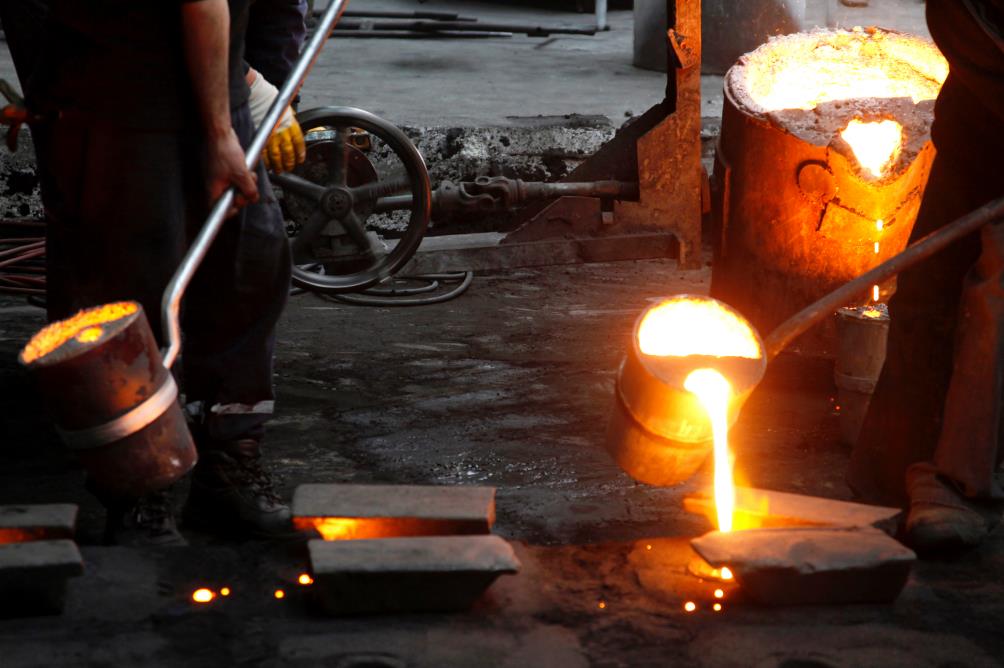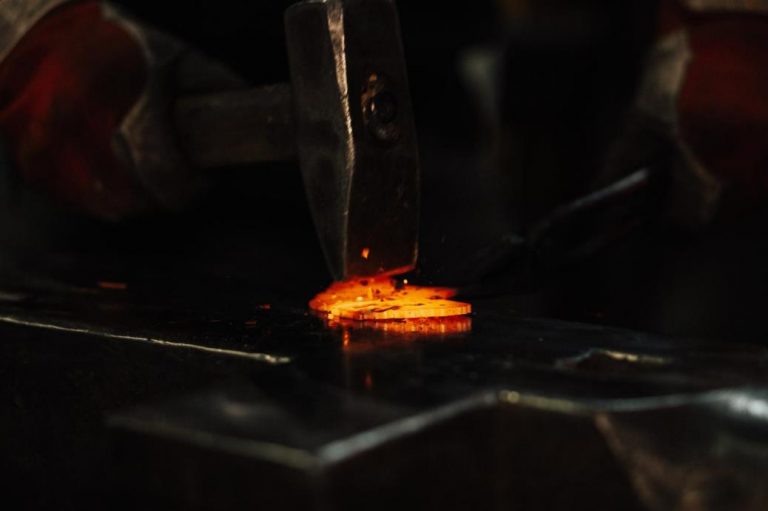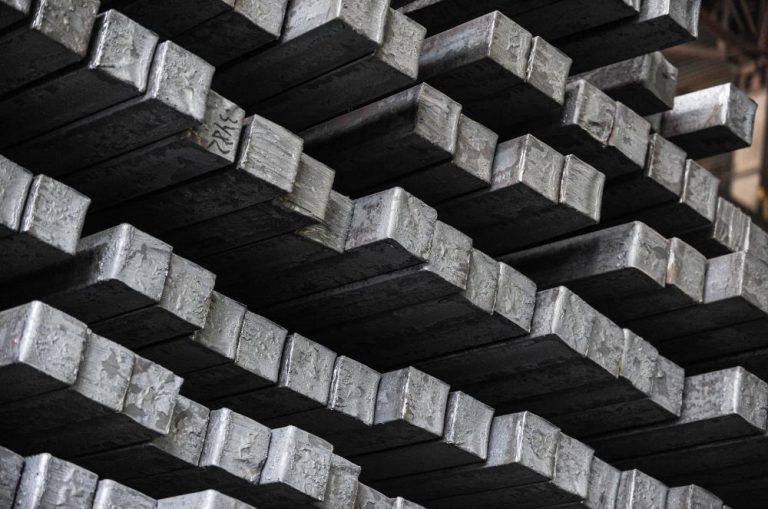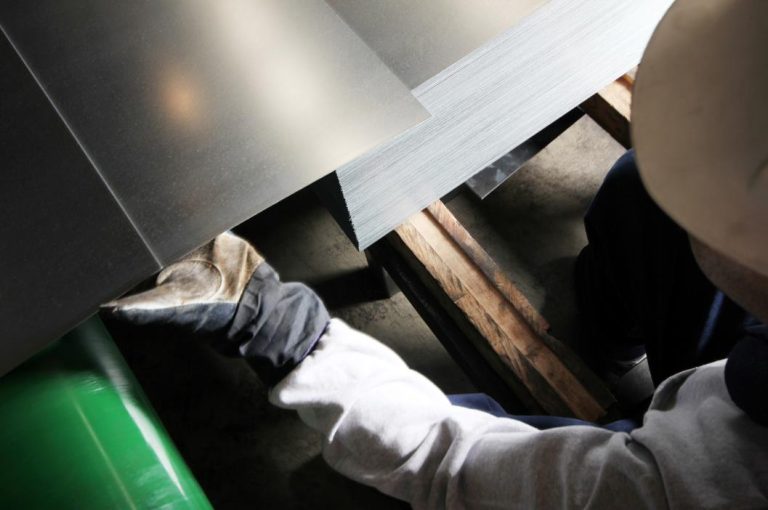440A steel is a martensitic stainless steel, classified and named by the Society of Automotive Engineers (SAE) International and The American Iron & Steel Institute (AISI).
This steel belongs to the 440 series. The series can be divided into four groups, 440A, 440B, 440C, and 440F, according to its Carbon (C) content. This article will cover the composition, features, pros and cons, and comparisons to other steels as a blade material. Read on and find out more.
440A steel composition

Composition, along with the manufacturing process, is the key to a material’s properties. In this part, we will mention the 440A steel’s composition and the effects of the elements in it.
- Carbon: Carbon (C) content in it is between approximately 0.6-0.75%. Amongst the 440 series, 440A stands out as the steel grade that has the least C content. Because of that, it has the highest resistance to corrosion between them. C improves hardness and wear resistance. However, it decreases strength.
- Chromium: Chromium (Cr) content in it is between approximately 16-18%. Cr makes 440A corrosion resistant. Cr increases hardness, toughness, edge retention, and tensile strength.
- Manganese: Manganese (Mn) content in it is up to approximately 1%. Mn increases tensile strength, hardness, and hardenability. However, it also increases brittleness.
- Molybdenum: Molybdenum (Mo) is up to approximately 0.75%. Even though 440A steel consists of a little amount of Mo it increases machinability and strength drastically. Mo also increases hardness, hardenability, toughness, and corrosion resistance.
- Silicon: Silicon (Si) content in it is up to approximately 1%. Si increases strength and corrosion resistance.
- Nickel: Nickel (Ni) content in it is up to approximately 0.6%. Ni mainly increases toughness and corrosion resistance.
- Phosphorous: Phosphorous (P) content in it is up to approximately 0.04%. P increases strength and machinability.
- Sulfur: Sulfur (S) content in it is up to approximately 0.03%. S increases machinability.
How is 440A steel as a knife blade material?
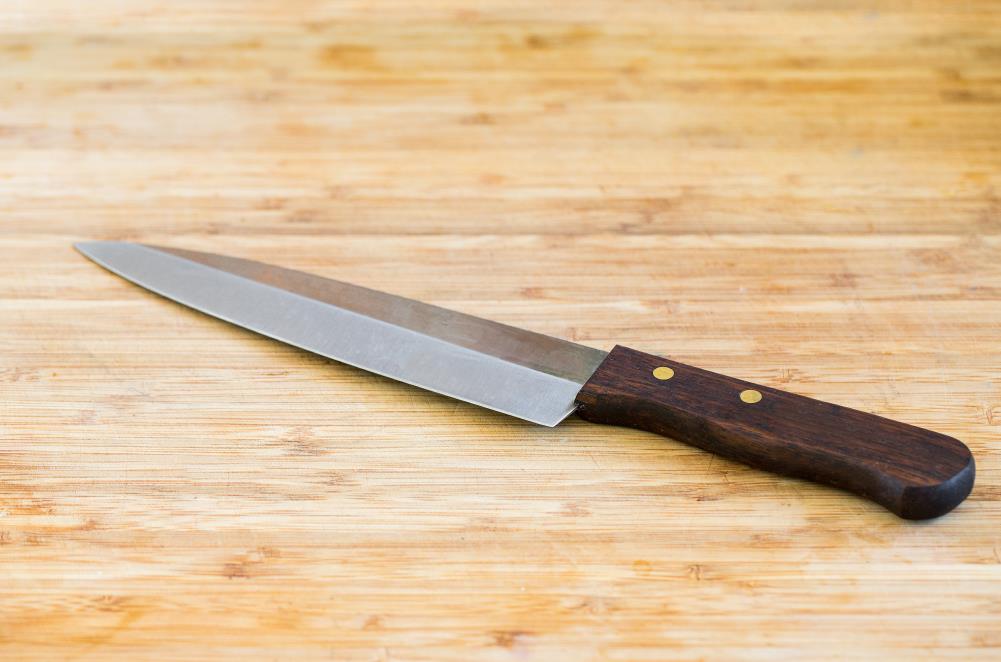
440A stainless steel is a material highly used as a blade material.
As martensitic stainless steel with a low carbon content, 440A has certain outstanding properties. Let’s go through these characteristics.
Corrosion resistance
440A is stainless steel which means this material has high corrosion resistance.
C is the element that causes rusting. Carbon reacts to the environment by bonding with oxygen-like elements in the air. Due to its low C content, it has higher corrosion resistance than other 440 steel. Rust can be harmful not only visually, but also functionally.
Rust resistance can be a deciding factor for outdoor knives, and 440A is an outstanding blade material for that reason.
Buy Wholesale Knives and Start Scaling up with Us Today
Contact us and connect with a sales rep to get a free quote.
Hardness
Hardness is a material’s resistance to deformation. 440A has the lowest carbon content so it is the softest steel type in the series.
While its C content makes it softer, martensitic crystal structure boosts hardness and martensitic steels are harder than austenitic and ferritic stainless steels.
The Rockwell hardness of 440A stainless steel is 55-58 HRC when subjected to a proper heat treatment method. 440A blade steel can be counted as soft but it has sufficient hardness in general.
Toughness
Mn, Ni, and Mo content in 440A blade steel structure gives it a decent toughness. Although it is not the strongest steel available, it has adequate toughness and does not easily chip or break when subjected to lateral strain. In fact, according to some tests 440 series of steels can absorb up to 20 Joules of energy in the Charpy impact testing.
Machinability
Generally, as the hardness decreases, machinability increases since it’s logically easier to process. Mass producing products made by 440A steel is much easier and can cut down lead time.
The sharpenability of steel is directly related to its hardness. Since 440A has a rather moderate hardness among all steels, sharpening it is quite simple. Using a water stone and keeping a regular honing routine would be enough to keep the blade edge sharp.
Wear resistance
440A is relatively soft steel, therefore wear resistance isn’t its strongest trait, it will provide enough resistance to endure normal wear and tear. But It is best to avoid using 440A steel knives heavily that could cause it to deform.
Edge retention
Although it is not as assertive as the other steels in the series about edge retention, 440A has appropriate edge retention because it has sufficient C in its composition. At least, it has better edge retention compared to softer stainless steels.
Summarizing the pros and cons of 440A steel
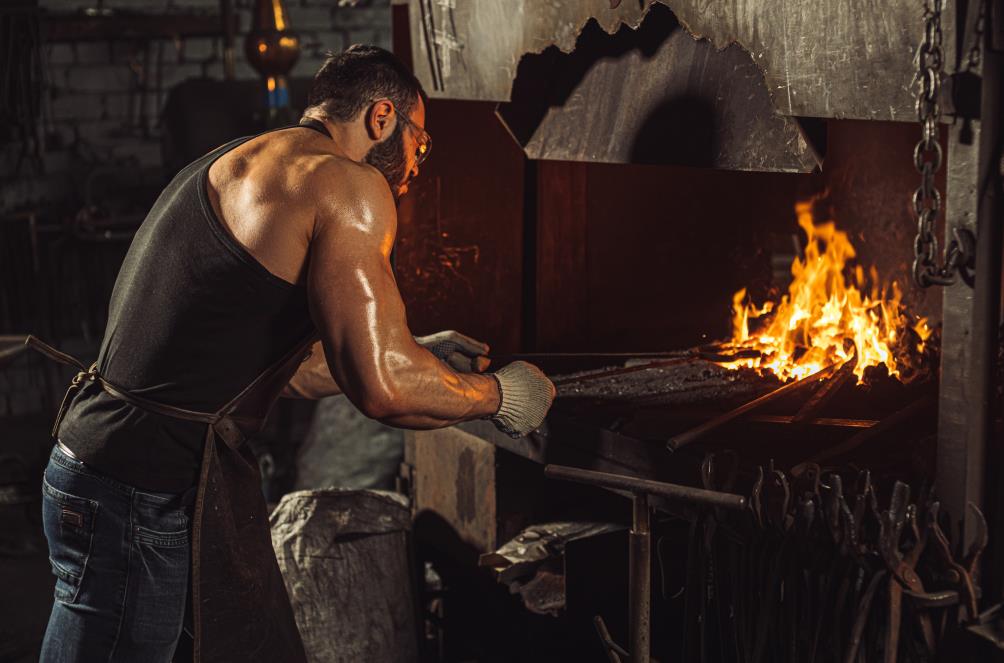
Pros
- 440A steel is budget-friendly.
- 440A is stainless steel. So it has high corrosion resistance.
- It has great wear resistance.
- It has great machinability and this makes it easy to work with
- It is easy to sharpen
- Its versatility is pretty good. 440A is used in different kinds of knife types and areas.
Cons
- It is relatively softer due to its C content.
- Doesn’t hold the edge long.
- While low C makes it corrosion-resistant, a martensitic structure is prone to rust. It is better to be careful when using 440A steel in corrosive environments.
400A as a blade steel
440A is used in a handful of places such as survival knives, kitchen knives, and other applications. In the following part of the article, we will examine these areas of use of 440A stainless steel.
Survival knife
440A as a survival knife is ideal for several reasons. It is corrosion-resistant so it can withstand moist environments and even salt water. It is used in fishing knives, camping knives, pocket knives, etc.
However, it is not the ideal hunting blade when compared to other steels on the market, it has lower wear resistance and edge retention.
Kitchen knife
Even though it is not an excellent chef knife, it is easy to sharpen and easy to work with. There is less rust risk when taken care of, and is an affordable choice for everyday kitchens.
Other applications
440A was widely used for multiple applications. One of its applications is in the medical field as surgical blades and they are also used in razor blades for shaving.
440A and its steel equivalents

A steel series is categorized according to its similarities but not all the same. The stainless steels in the 4xx class are similar in certain aspects. All of them are alloyed with chromium and have a ferritic or martensitic structure.
- 440B: In the 440 series, the closest grade to 440A steel is 440B. Their composition is similar but 440B has higher C content.
- 420Hc and 425M: These two steel grades are similar to 440A in terms of price and composition.
- 7Cr17MoV: This steel is a popular Chinese knife steel grade that is identical to the 440A steel. The only difference is the Vanadium (V) addition.
- AUS 8: This Japanese steel differs from 440A only by its Mn, Ni, S, and P content.
440A steel vs other popular steel
- 440A vs. 440C: Amongst the other popular steels, the most frequently encountered comparison is 440A vs 440C. 440A and 440C both belong to the 440 series. The primary distinction between these two steel grades is that 440C contains more carbon thus will hold an edge better than 440A. 440A, on the other hand, resists corrosion better than 440C and is easier to sharpen.
- 440A vs. 8Cr13MoV: Another popular steel that can be compared to 440A is Chinese 8Cr13MoV. The 440A has a higher chromium content, which makes it more corrosion resistant and gives it a more polished appearance than 8Cr13MoV. Because of its higher carbon content, 8Cr13MoV is less corrosion resistant than 440A. Check out our example products made by 8Cr13MoV.
- 440A vs. D2: D2 is a rather high-end Japanese steel. 440A has less carbon content than D2, making it softer steel. For this reason, D2 will beat it in terms of edge retention and wear resistance. D2 is also tougher than 440A due to the inclusion of vanadium in its chemistry.
Conclusion
440A has advantages like corrosion resistance, easy sharpening, and price but it is not perfect. If steel strength is not a priority, whereas the versatility in usage is the criteria, 440A is good steel.
Contact us if you want further information and services for 440A and other steel knives. We offer customized products, and OEM and ODM services for your businesses.
